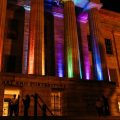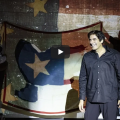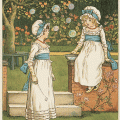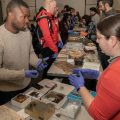In Memoriam: James Goode
James M. Goode
September 17, 1939 – December 12, 2019
From Dr. Goode’s books, a reader could learn that the statuary trove of the national capital includes not only monuments to presidents and statesmen like Washington and Lincoln but also the details about replicas of at least 73 animals, catalogued alphabetically from alligators to woodchucks. There is a bronze sculpture of a gray wolf outside the Washington headquarters of the conservation group Defenders of Wildlife.
Because Washington is a world capital, it’s predictable that Mexico would have a statue here of Emiliano Zapata, the hero of the Mexican revolution. It’s understandable that Polish pianist, patriot and statesman Ignacy Jan Paderewski would get a statue from his native Poland, even though he died in New York.
But who has heard of John Howard Payne?
Dr. Goode found a large statue to Payne next to his grave in Georgetown’s Oak Hill Cemetery. He was an American actor, writer and diplomat who, according to a 2009 Washington Post column by John Kelly, is better known as the lyricist in 1822 of “Home! Sweet Home!” The song includes the line, “Be it ever so humble, there’s no place like home.”
But soon after the poem was published, a young Wisconsin woman, Ella Wheeler, charged plagiarism, citing publication in the New York Sun newspaper in 1883 of a poem containing similar lines that she had written and for which she had been paid $5.
“Joyce refused to acknowledge that she was the real author,” Dr. Goode wrote in 2009. “He even had the two lines carved on his tombstone shortly before he died.”
Among the best of those remaining is the McCormick at 1785 Massachusetts Avenue. Banker and former treasury secretary Andrew Mellon once occupied a 25-room, 11,000-square-foot penthouse apartment in the Beaux Arts building, which was built in 1915 and is also known as the Andrew Mellon Building.
Leading walking tours about the city, “I kept seeing buildings come down, and invariably something worse went up,” Dr. Goode told The Post in 2003. Over nine years he compiled a block-by-block survey of 252 buildings that had been demolished, including the historic Rhodes Tavern, which was torn down in 1984, and the Valley View mansion on Foxhall Road, one of Washington’s last and largest grand estates and which was torn down in final years of the last century.
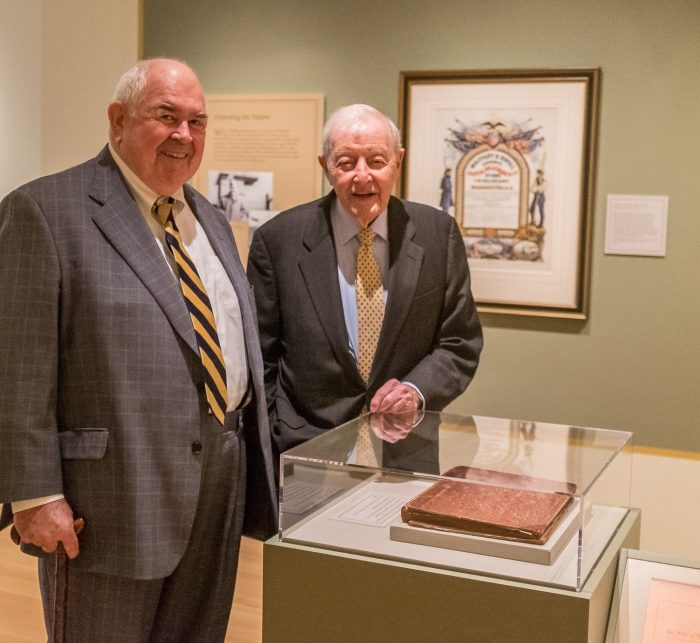
James M. Goode, left, the Washington historian and author, helped real estate developer Albert H. Small assemble a collection of rare Washington-D.C.-related artifacts. Goode wrote a book about the collection. (John Kelly/The Washington Post)
He was a portly man who relished dining at restaurants rated with multiple stars, but also had his favorite neighborhood taverns, comfortable but undistinguished. His dress was correct and conservative, often wearing suspenders and usually a hat when he went outside. He collected silver, portraits and stamps.
Habitually he answered the telephone with the word “Ahoy,” which he liked to point out was the original telephone salutation suggested by Alexander Graham Bell. It was later supplanted by Thomas Edison’s suggestion, “Hello.”
In 2015 he received the second annual Visionary Historian Award from the Historical Society of Washington D.C. for a “lifetime body of work [which] represents the highest achievement in the study of Washington, D.C.”
Kelly wrote in his 2009 story on Dr. Goode, published a year after his 1974 book “Washington Sculpture” was reissued: “Statues tell stories, especially in Washington, a statue-rich town. Whom we decide to commemorate, and how, reveals something about us as a society. And what you can’t tell from looking at the sculpture, Goode reveals in his book.”
James Goode received the 2017 District of Columbia Lifetime Achievement Award for Excellence in Historic Preservation.
This obituary was written by Bart Barnes and published by The Washington Post.
Read John Kelly’s remembrance of Goode: Remembering James Goode. His books are essential references on Washington.
Posted: 13 January 2020
- Categories:

